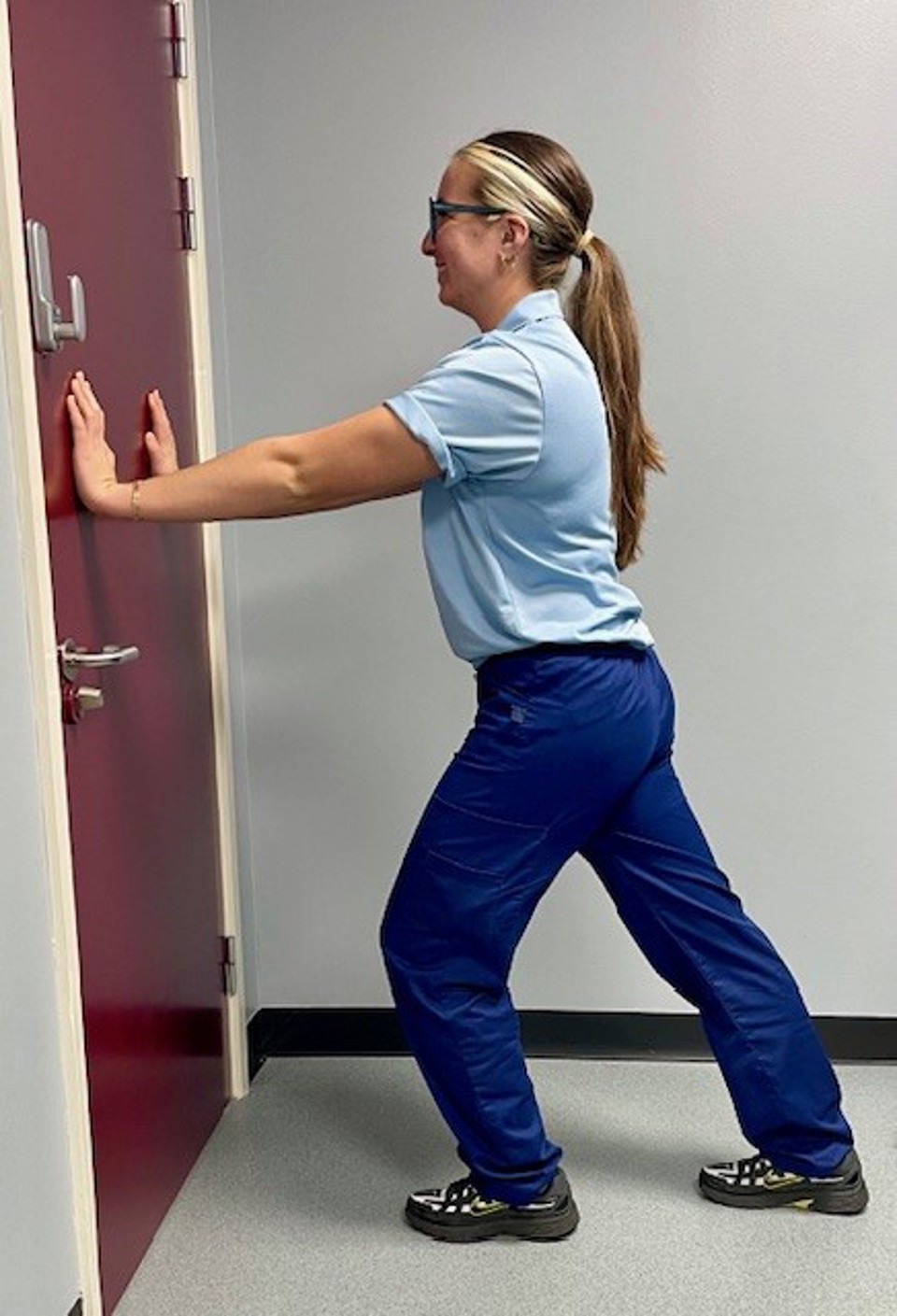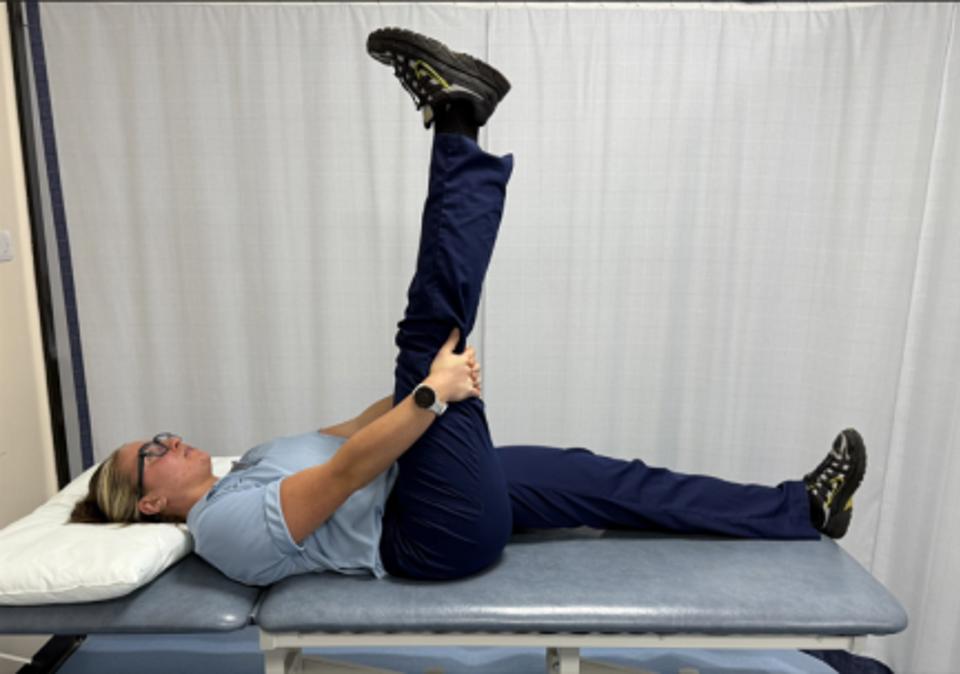What is Sever’s Disease?
Sever’s Disease is a common cause of heel pain in children and young people. It is caused by repeated stress of the large calf muscle tendon, where it attaches to the heel bone. This repeated stress results in the heel area becoming inflamed and painful.
What are the common Symptoms?
- Heel pain either during or after participation in sports
- Tenderness around the heel
- Tightness of your leg muscles, in particular your calf
These symptoms usually appear gradually and often after you have grown quickly. These symptoms can appear in one or both of your heels. It will settle in time and cause no long term harm.
Treatment Advice?
By following the advice below your Sever’s Disease should fully go away/get better within 3-6 months.
-
Reduce your activity levels to the point that you do not experience heel pain during the activities. This will allow the pain and swelling to settle down.
-
Ice works very well. You can use ice cubes or a small bag of frozen vegetables wrapped in a towel for 10-15 minutes.
-
Please check your skin regularly during this time. Repeat this every 2-3 hours as required.
-
Start a daily stretching programme as suggested below.
-
Wear well fitting, supportive footwear. Children often find wearing trainers helpful.
-
Commercial gel heel cups may be helpful.
Stretches
Only do these stretches when you are not in pain.

Stand in a walking position with the leg to be stretched straight behind you and the other leg bent in front of you. Take support from a wall or chair.
Lean your body forwards and down until you feel the stretching in the calf of the straight leg. Hold for 20-30 seconds. Repeat with the other leg.
Repeat 3 times, twice a day.

Lying on your back, lift your leg towards your chest. Place your hands behind your knee
Gently pull your leg towards your chest. Feel the stretch behind your thigh. Hold for 20-30 seconds. Repeat with other leg
Repeat 3 times, twice a day.
Returning to activities
Once your heel is no longer painful and the flexibility of your leg is much better, you can gradually return to gentle activities such as swimming and cycling. As your heel continues to feel better you can gradually return to your usual activities ensuring you warm up and cool down. You should not experience any pain during your normal activities.
Further advice
If your symptoms are not improving, please attend your GP for further assessment or complete a Physiotherapy Request for Assistance form on our website on NHS Fife at www.nhsfife.org or email us on Fife.paedsphysioreferrals@nhs.scot
Accessible formats
If you require this information in a community language or alternative format such as Braille, audio, large print, BSL, or Easy Read, please contact the Equality and Human Rights Team at: email: fife.EqualityandHumanRights@nhs.scot or phone 01592 729130. For people with a hearing or verbal impairment you can also contact the team through the NHS Fife SMS text service number on 07805800005.




